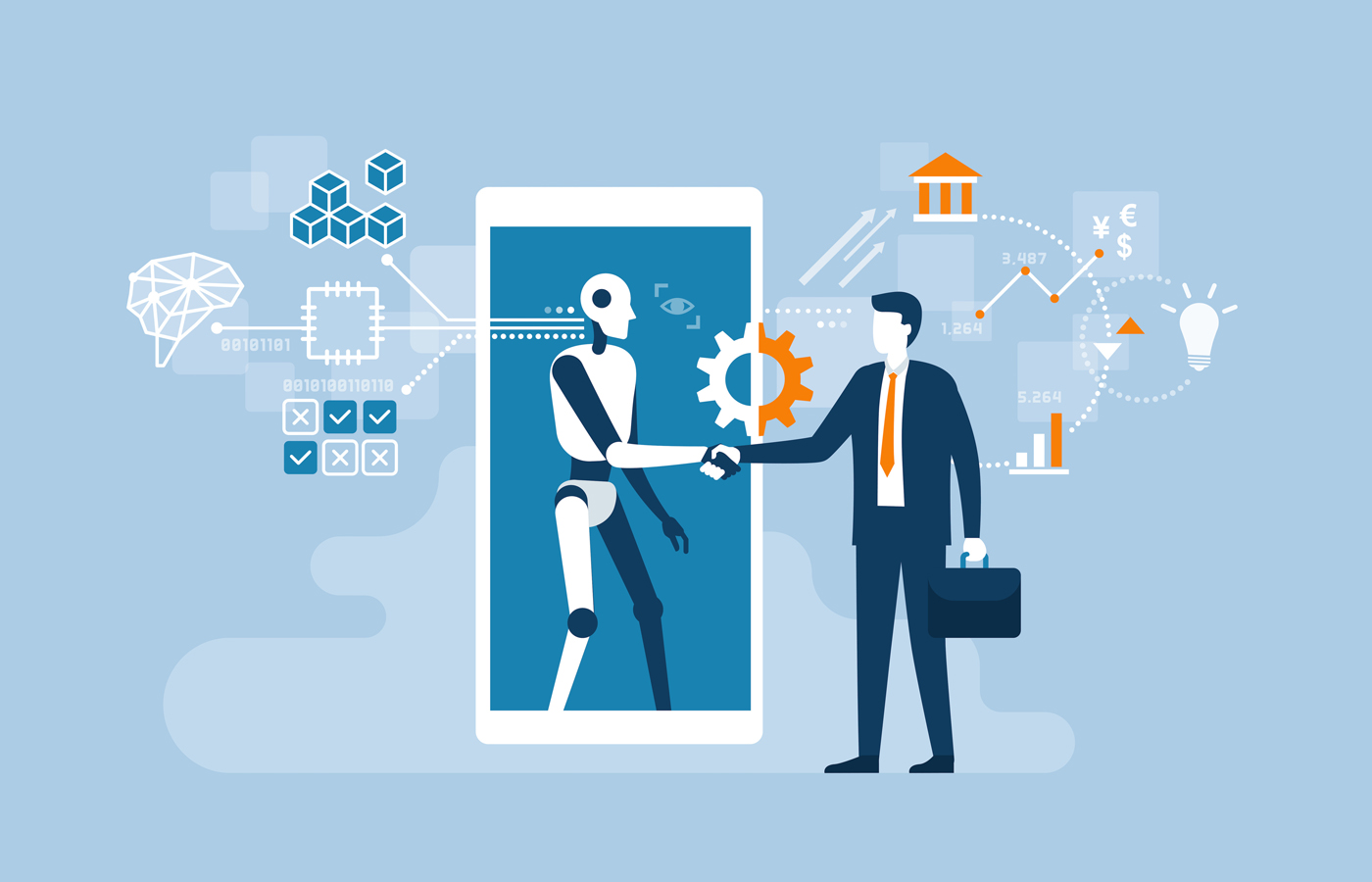
- TechnaCore Ai
From Data to Decisions: How AI Helps Businesses Make Smarter Choices
In today’s competitive digital economy, businesses are generating more data than ever before. From customer interactions and sales transactions to market trends and social media engagement, this data holds valuable insights. However, the challenge lies in transforming massive amounts of raw data into actionable business decisions. This is where Artificial Intelligence (AI) integration and automation play a transformative role.
AI doesn’t just process information—it helps organizations analyze complex patterns, forecast outcomes, and recommend strategies that drive growth. By leveraging AI-powered analytics and automation, businesses can move beyond guesswork and start making data-driven, smarter decisions.
The Shift from Data Overload to Data-Driven Decisions
Modern businesses are overwhelmed with data, but having data alone doesn’t guarantee success. Without the right tools, large datasets often remain unused or misinterpreted. AI bridges this gap by providing:
- Automated Data Processing: AI tools can analyze millions of data points in real-time.
- Predictive Modeling: Machine Learning algorithms forecast customer behavior and market shifts.
- Actionable Insights: Instead of raw numbers, AI provides decision-ready insights.
This shift enables organizations to make faster, more accurate, and more strategic choices that directly improve efficiency and profitability.
How AI Transforms Business Decision-Making
AI integration has changed the way businesses evaluate challenges and opportunities. Let’s explore how AI helps in different stages of decision-making:
1. Data Collection and Cleansing
AI automates data collection from multiple sources—CRM systems, social platforms, e-commerce sites, and IoT devices. It also ensures data accuracy by detecting duplicates, errors, and inconsistencies. Clean, reliable data is the foundation of smart business decisions.
2. Real-Time Analytics
Businesses can no longer afford to wait weeks for reports. AI systems process data in real-time, allowing decision-makers to act quickly. For example, AI-powered dashboards update live sales trends, helping managers adjust marketing strategies instantly.
3. Predictive Insights
Machine Learning models identify patterns and predict future outcomes. Retailers can forecast demand, financial firms can anticipate market risks, and healthcare providers can predict patient outcomes. This reduces uncertainty and improves planning.
4. Prescriptive Recommendations
AI goes beyond prediction by suggesting specific actions. For example, an AI system might not only forecast a decline in customer engagement but also recommend the best discount strategy or targeted campaign to re-engage customers.
5. Continuous Learning
Unlike static reporting tools, AI systems continuously improve. As more data flows in, AI refines its algorithms, delivering even more accurate recommendations over time.
Key Areas Where AI Improves Business Decisions
AI-driven decision-making is not limited to one industry. Here are some impactful use cases across sectors:
Customer Experience Management
AI analyzes customer behavior, purchase history, and feedback to recommend personalized offers, improving loyalty and satisfaction. Businesses can predict churn and take proactive steps to retain customers.
Financial Forecasting
From risk analysis to fraud detection, AI enables smarter financial planning. Banks use AI to analyze spending habits, while businesses apply it to budgeting, pricing strategies, and cash flow optimization.
Supply Chain Optimization
AI predicts inventory needs, optimizes delivery routes, and identifies potential disruptions. This helps companies reduce costs, prevent stockouts, and ensure timely deliveries.
Human Resource Management
AI-driven HR tools analyze employee performance, predict turnover risks, and even recommend training programs. This helps businesses make better staffing and development decisions.
Marketing and Sales Strategies
AI assists in targeted marketing, campaign optimization, and lead scoring. It identifies high-value customers and suggests the most effective channels to reach them.
Benefits of AI-Driven Decision-Making
Businesses that leverage AI for decision-making gain several competitive advantages:
- Faster Decisions: AI reduces analysis time from weeks to seconds.
- Improved Accuracy: Data-driven insights reduce human errors and biases.
- Scalability: AI can analyze massive data sets beyond human capacity.
- Cost Efficiency: Optimized processes and predictive models reduce operational costs.
- Better Customer Insights: Businesses gain a deeper understanding of consumer needs.
Challenges in Implementing AI for Smarter Decisions
While the benefits are clear, businesses must also be aware of challenges in AI adoption:
- Data Quality Issues: Poor or incomplete data leads to inaccurate predictions.
- Integration Complexity: AI must work seamlessly with existing business systems.
- Skill Gaps: Many organizations lack the in-house expertise needed for AI implementation.
- Ethical Concerns: Transparency and fairness in AI decision-making must be ensured.
Companies that address these challenges with proper planning and governance see better outcomes from AI investments.
Best Practices for Leveraging AI in Decision-Making
To maximize the value of AI, businesses should follow these best practices:
- Start with Specific Use Cases – Focus AI efforts on high-impact areas like sales forecasting or customer retention.
- Invest in Data Quality – Ensure clean, structured, and reliable data.
- Adopt a Human + AI Approach – Use AI for insights, but keep humans in the loop for judgment and ethical considerations.
- Monitor and Refine – Continuously test AI models to improve accuracy and relevance.
- Focus on Explainability – Ensure decision-makers understand AI recommendations, not just the outputs.
The Future of AI-Driven Decisions
As AI technology matures, decision-making will become even more intelligent and predictive. Emerging trends include:
- Explainable AI (XAI): Improving transparency in AI recommendations.
- Generative AI in Strategy: Using advanced models to simulate outcomes and test scenarios.
- AI + IoT Integration: Real-time decision-making based on connected devices.
- Personalized Decision Systems: Tailored insights for individual managers or teams.
Businesses that embrace these innovations will move beyond reactive strategies and shift to proactive, predictive decision-making.
Conclusion
The journey from data to decisions is no longer about analyzing spreadsheets or relying on intuition. AI integration and automation empower businesses to transform raw data into valuable insights that guide smarter choices. By leveraging AI for predictive analytics, real-time insights, and prescriptive recommendations, organizations can achieve faster, more accurate, and more impactful decisions.
The future belongs to businesses that combine human judgment with AI intelligence, ensuring decisions are not only data-driven but also ethically and strategically sound.
